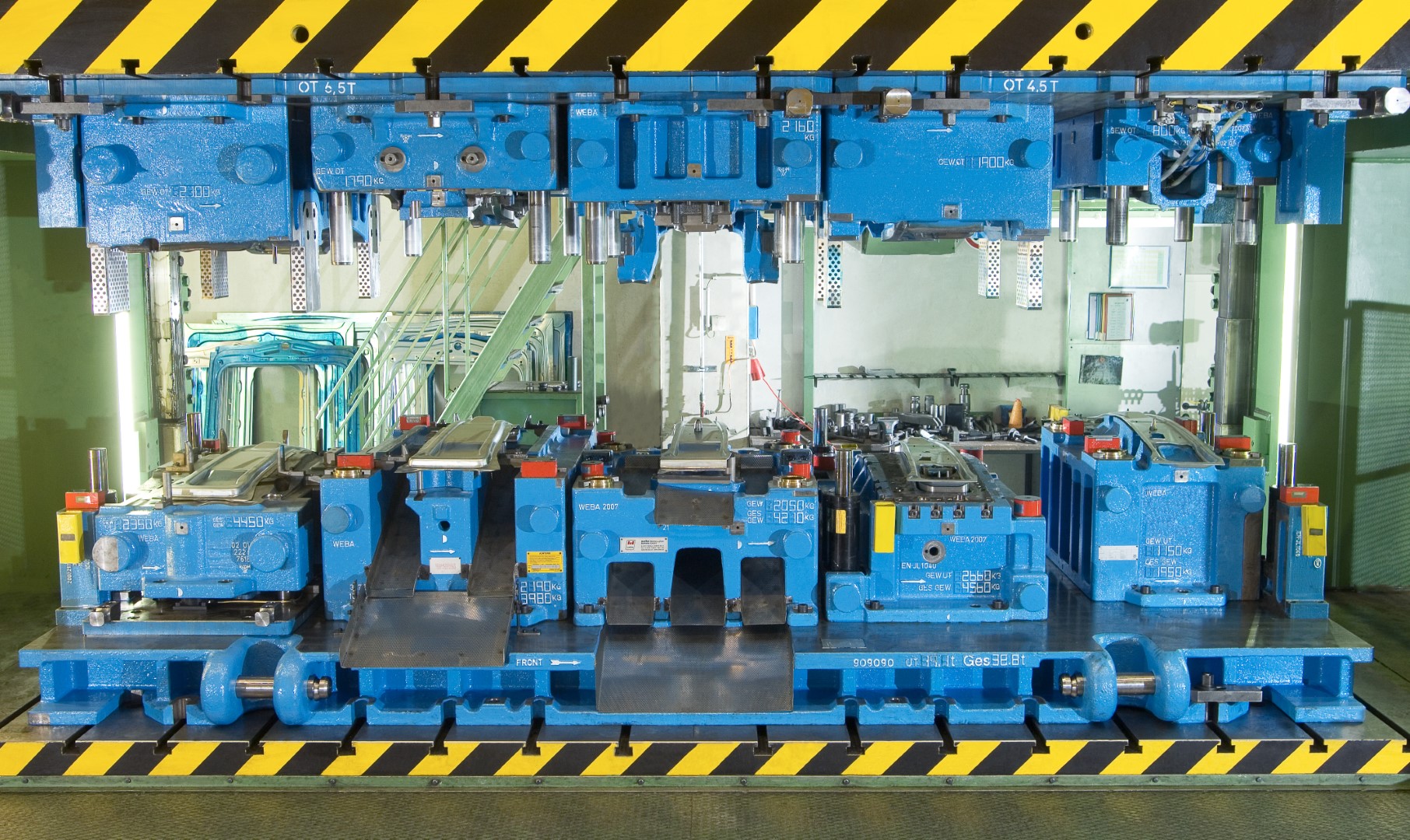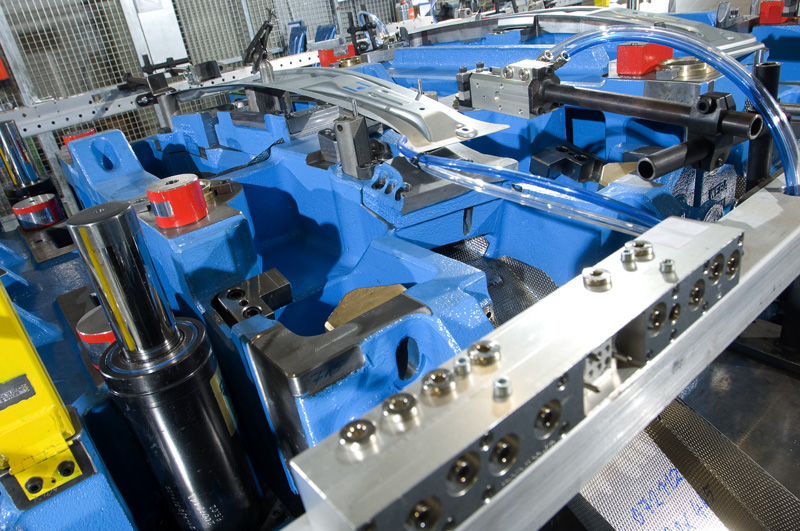Cold Forming Made Simple: Shaping the Future
What is Cold Forming?
Cold forming is a key process within forming technology. It refers to the shaping of metals at temperatures below their recrystallization temperature. During plastic deformation, the crystal structure of the material becomes denser, dislocations form and accumulate — significantly increasing the material's strength. This effect is known as strain hardening or work hardening.
Typical materials used in cold forming include high-strength steels, aluminum alloys, and other non-ferrous metals that already show excellent formability at room temperature. In high-performance industrial applications, this process plays a crucial role.
Benefits of Cold Forming
Cold forming offers a number of advantages that make it particularly attractive compared to other manufacturing methods:
-
Significant increase in component strength through strain hardening
-
Excellent surface quality without scale formation
-
Outstanding dimensional accuracy and tight tolerances
-
Material savings: nearly complete utilization of raw material
-
Energy savings: no need for energy-intensive heating – the process runs entirely without heating
-
Increased efficiency in series production due to shorter cycle times
Especially in the automotive sector, where every gram counts and components still have to be extremely safe, cold forming of high-strength steels, aluminum, or even titanium alloys is in high demand.
Typical Applications and Industries for Cold Forming
Cold forming of high-strength components has become indispensable in many key industries:
-
Automotive industry: Structural components for body and interior, crash protection systems, transmission parts like bumpers, A- and B-pillars
-
Electronics: High-precision connectors and PCB components
-
Aerospace: Lightweight structural parts with high strength requirements
-
Medical technology: Implant housings and strong miniature parts with strict quality standards
Wherever safety, strength, and low weight must go hand in hand, high-precision cold forming is essential.
The Challange: Strength that Pushes the Limits
Sure, the stronger the material, the more robust the part. But that’s exactly what makes forming it so tricky:
High-strength materials offer massive resistance. Without the right technology, tools can quickly hit their limits – leading to excessive wear, dimensional deviations, or even tool failure.
On top of that:
-
Parts tend to spring back after forming
-
High forming forces are required
-
Greater risk of cracks if the process isn’t perfectly controlled
Mastering Cold Forming: What it takes
To achieve the desired result, several factors are crucial:
1. Understand the material:
Not every high-strength steel or aluminum alloy behaves the same. Yield strength, elongation at break, and hardness must be precisely known.
2. Tooling on a new level:
-
Highly wear-resistant coatings (e.g., PVD)
-
Optimized tool geometries
-
Precise simulation of the forming process beforehand
3. Accurate process control:
-
Exact force and motion control
-
Lubrication tailored to material and process
-
Possibly additional steps like calibration or heat treatment
4. Experience matters:
Especially with ultra-high-strength materials, experience makes all the difference. Knowing how a material reacts under pressure saves time, money, and nerves.
Cold Forming tools by weba Werkzeugbau: Expertise in Action
weba Werkzeugbau specializes in the development and production of high-precision cold forming tools for processing high-strength materials. Projects include:
-
Reinforcement elements and structural components for vehicle interiors and body construction for leading OEMs
-
Safety-relevant crash components that meet the highest standards for deformation behavior and energy absorption
-
Connection technology and carrier structures for electric and hybrid vehicles where lightweight design and strength are especially critical
Cold forming high-strength materials is no off-the-shelf job – but with the right know-how, advanced tools, and smart processes, it becomes a real competitive edge. For those aiming to build light, safe, and economically, cold forming is the way to go.
weba’s solutions combine cutting-edge simulation technologies with decades of forming experience – delivering tools that enable components with maximum strength, precision, and efficiency.

